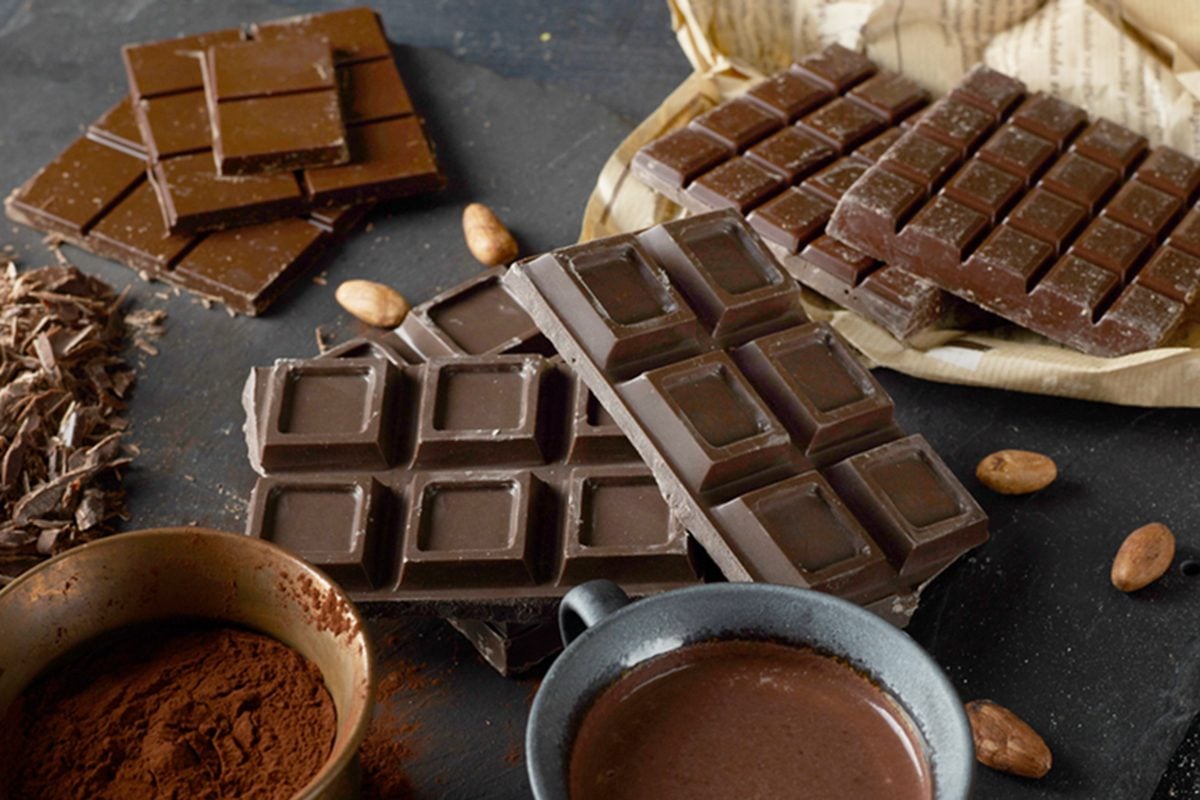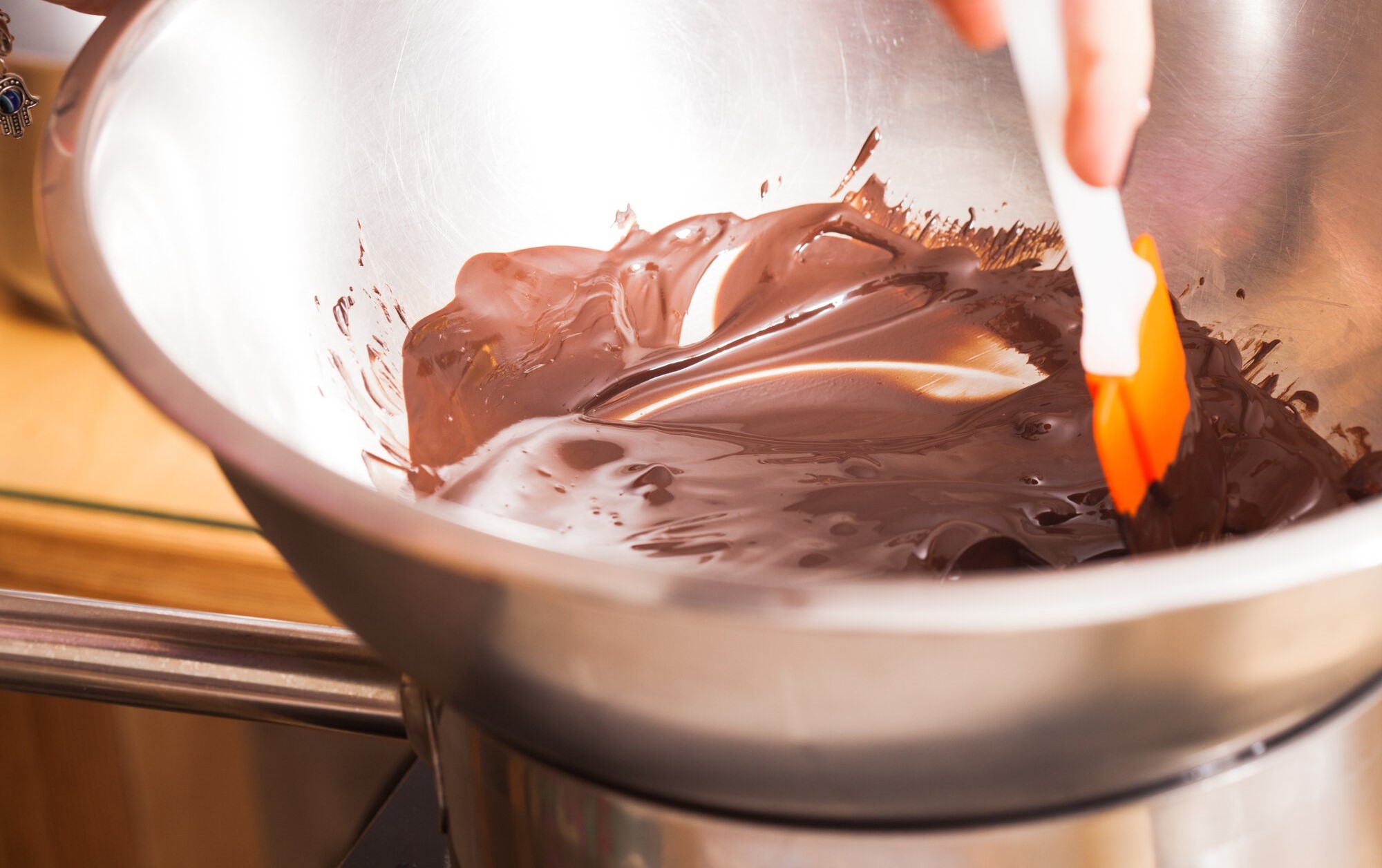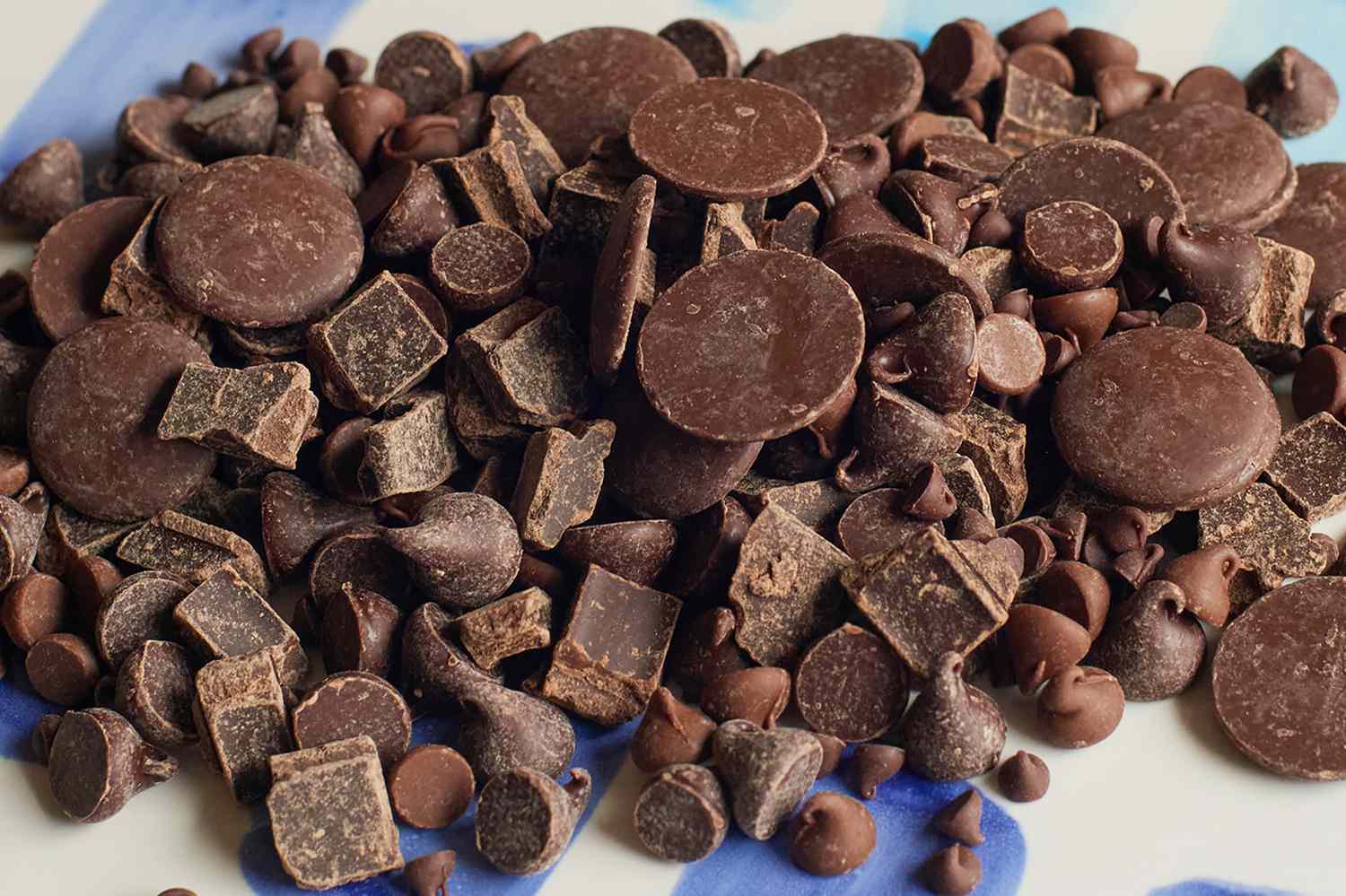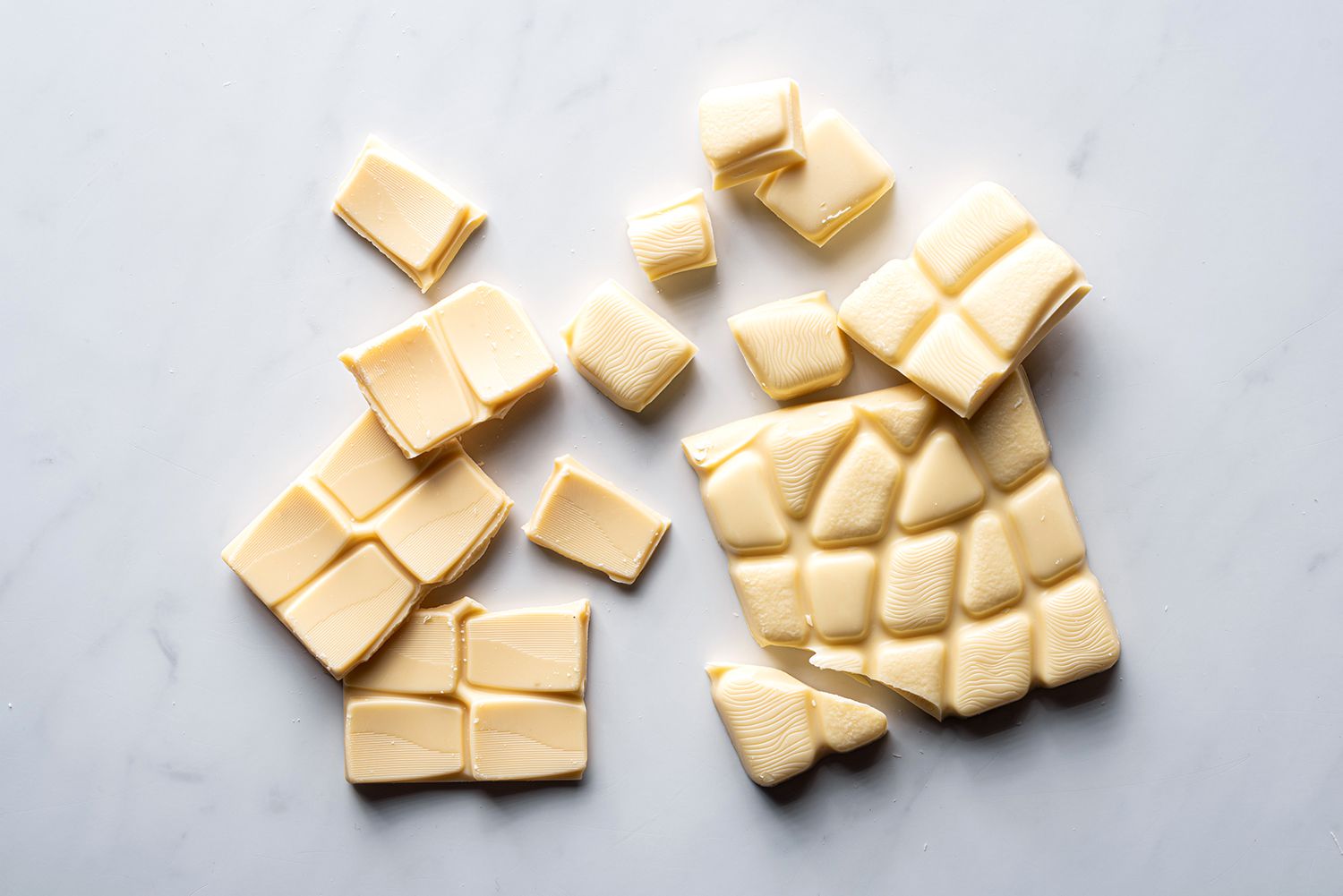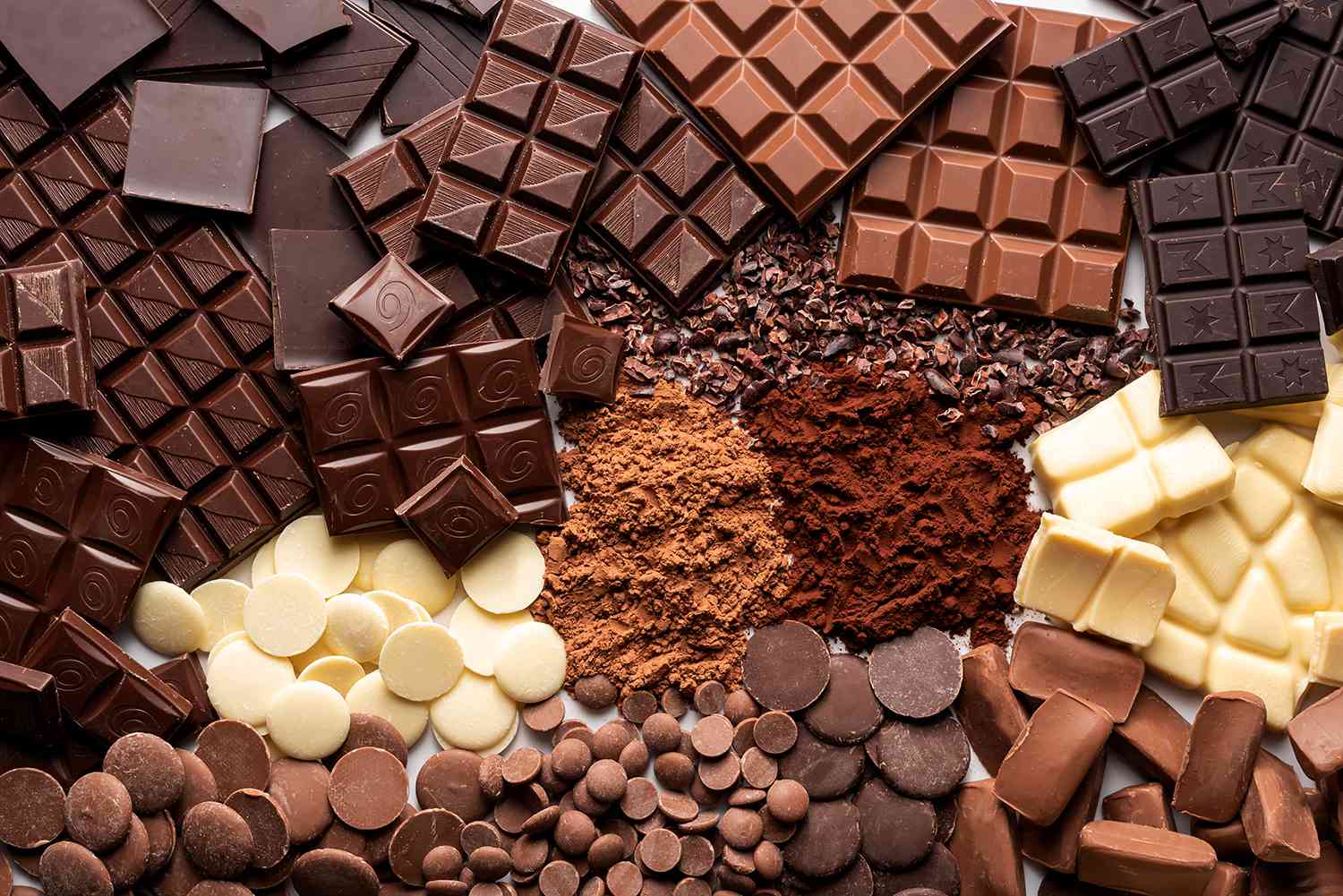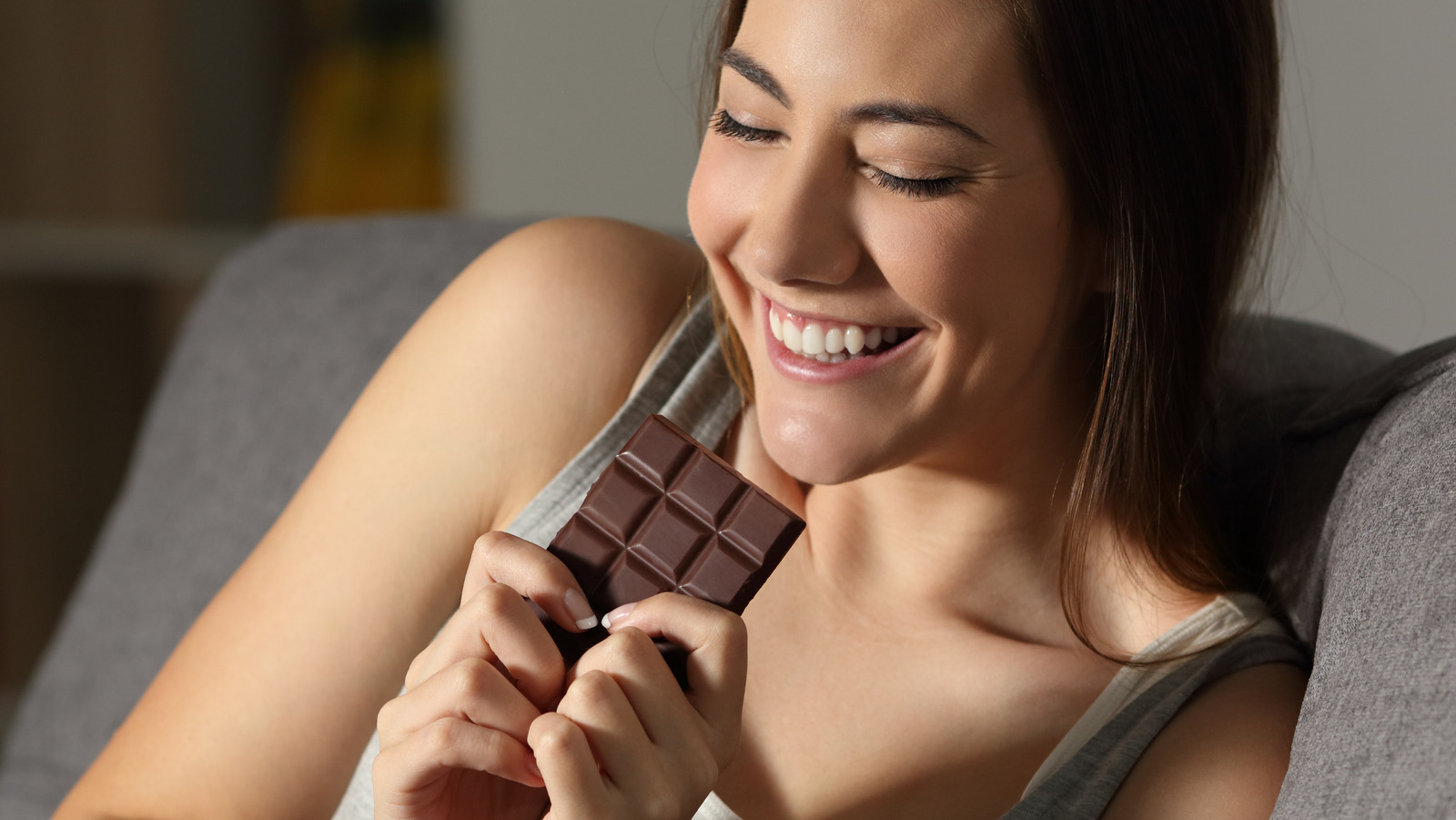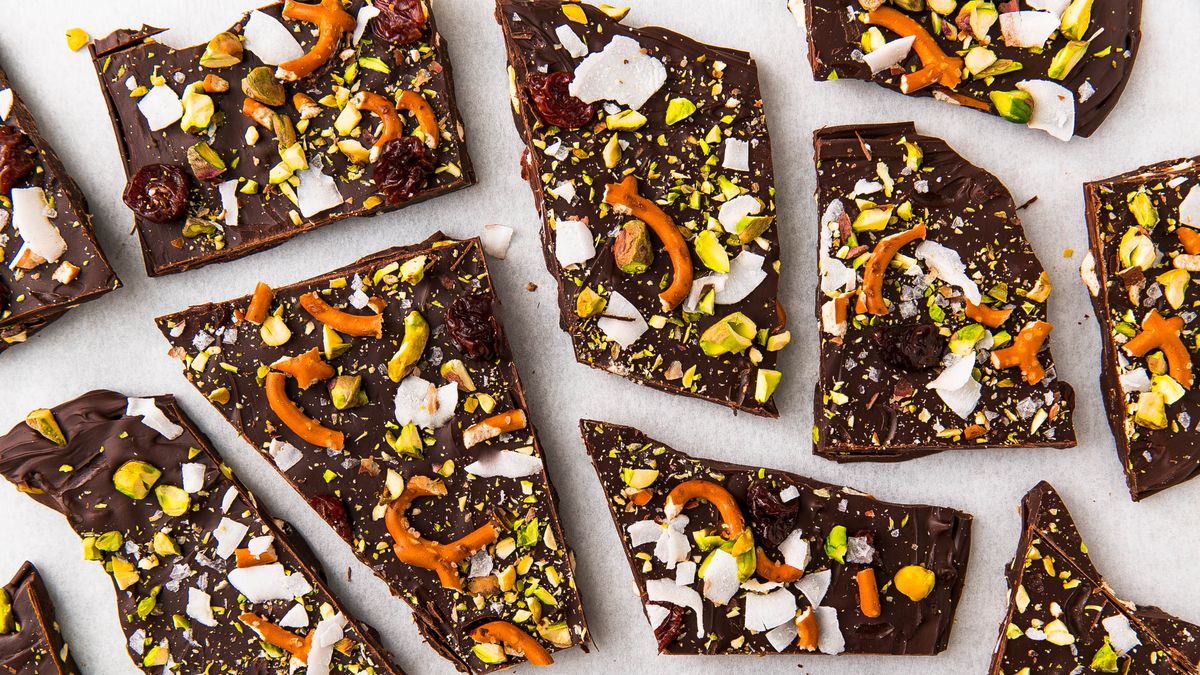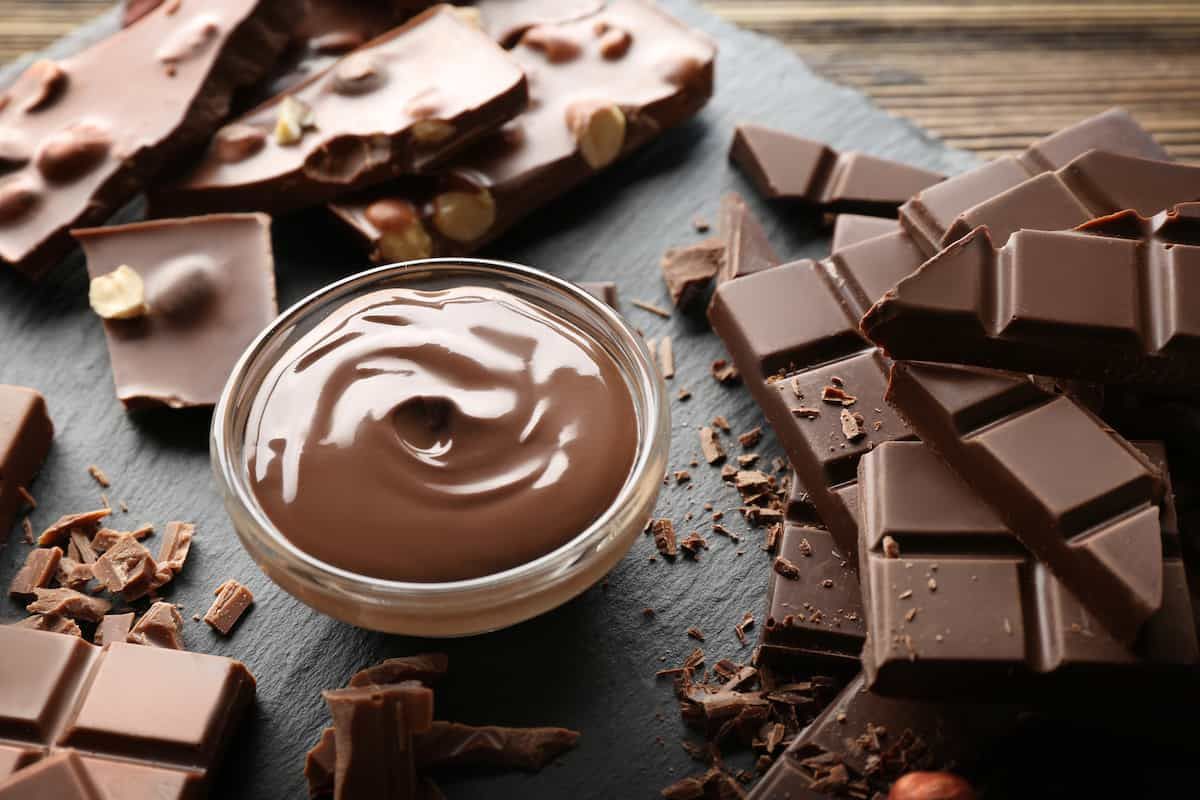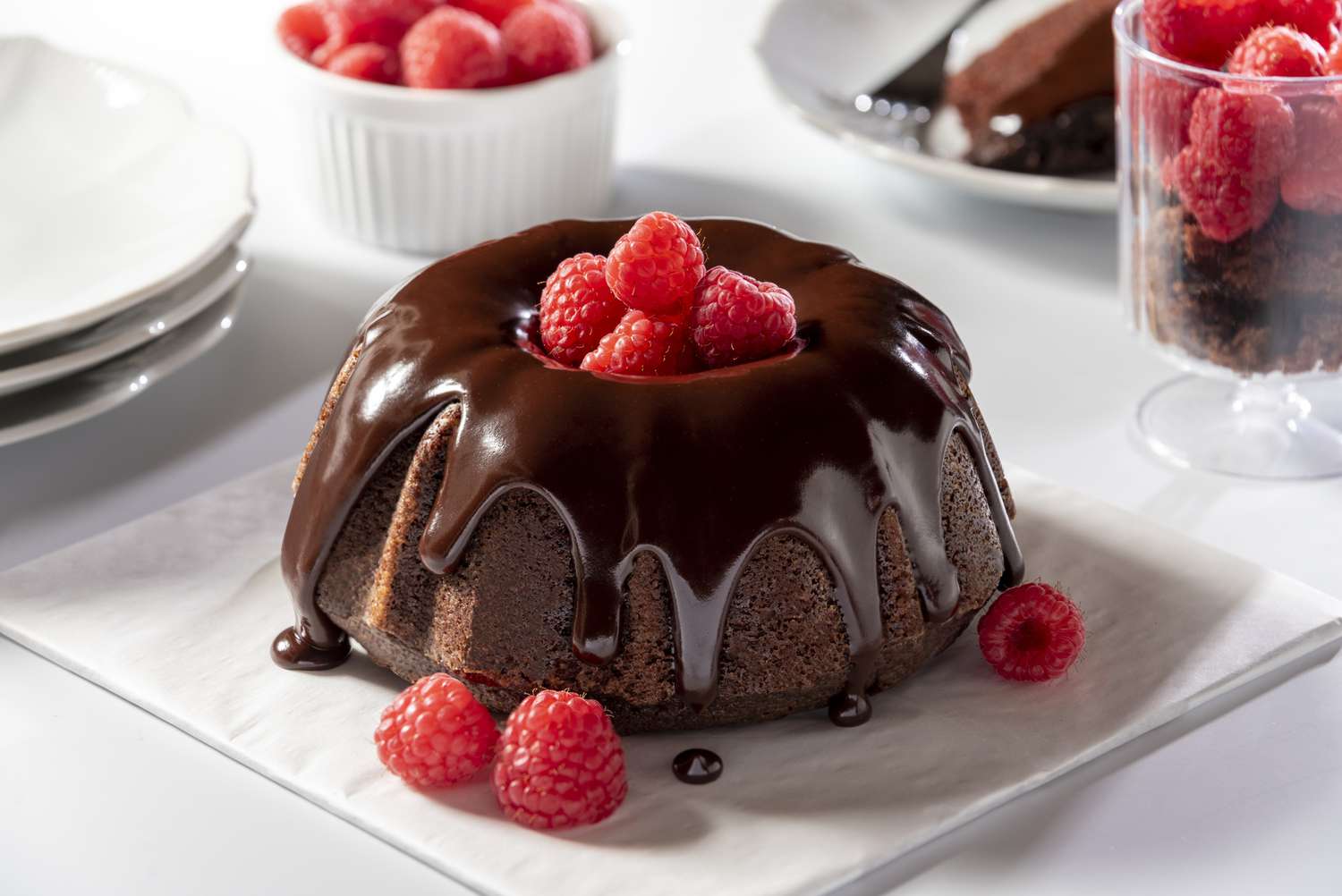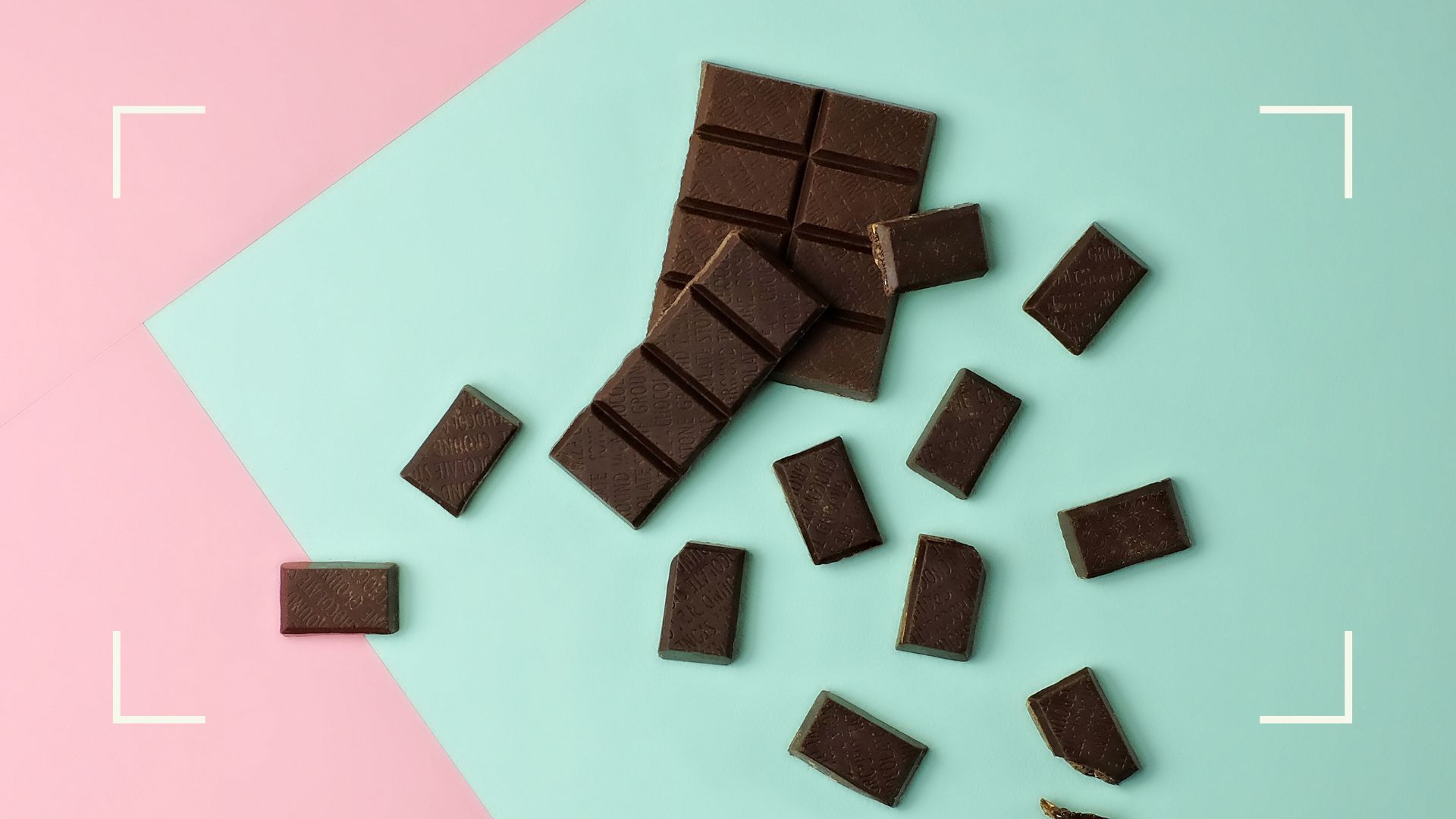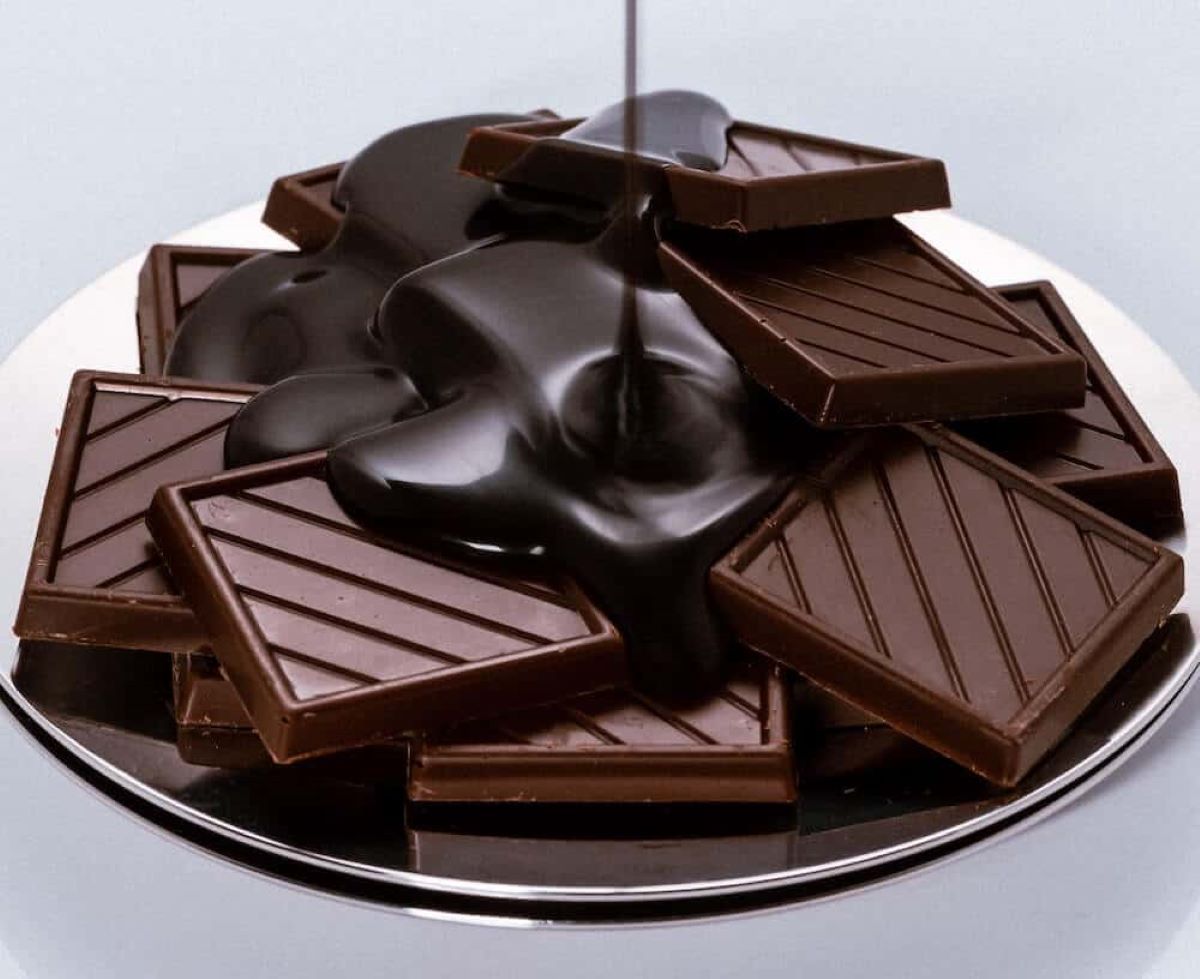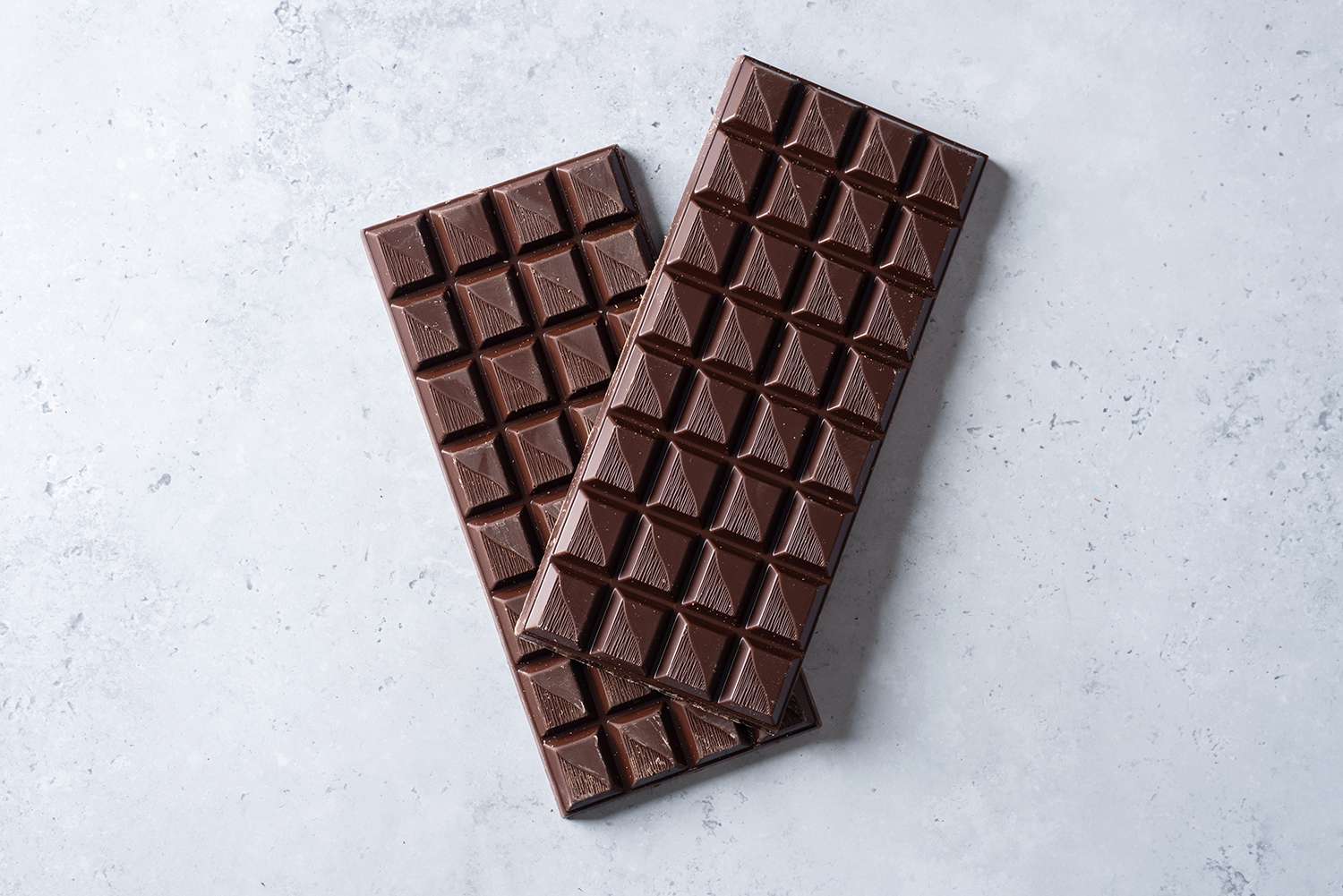Chocolate Types for Baking: Dark, Milk, White and More
When it comes to baking, we all know that chocolate plays a crucial role. Whether you’re making cookies, cakes, or brownies, the type of chocolate you use can greatly impact the final outcome of your baked goods. So, let’s dive into the world of chocolate and discover the different types that are perfect for baking.
1. Dark Chocolate
Dark chocolate is often a favorite among bakers for its intense flavor and rich, bitter notes. It contains a high percentage of cocoa solids and a lower amount of sugar, making it a great choice for those who prefer a less sweet experience. The higher cocoa content also means that it melts well and provides a deep, complex flavor to your baked treats. Perfect for indulgent brownies or a decadent flourless chocolate cake.
2. Milk Chocolate
Milk chocolate is a classic option for baking, loved for its smooth and creamy texture. It has a lower cocoa content and is mixed with milk powder or condensed milk, giving it a sweeter flavor compared to dark chocolate. Milk chocolate adds a delightful sweetness to your cookies, bars, and muffins, making them a hit with both kids and adults alike.
3. White Chocolate
White chocolate is a bit different from its darker siblings. It doesn’t contain cocoa solids but is made from cocoa butter, sugar, and milk solids. It has a milder flavor with a creamy and sweet taste. White chocolate is a great addition to your baking repertoire when you want to create a delicious contrast or a pop of color in your desserts. Use it to make a heavenly white chocolate ganache or drizzle over your cakes for an elegant finish.
4. Bittersweet Chocolate
Bittersweet chocolate is the midway point between dark and semisweet chocolate. It has a higher cocoa content than semisweet chocolate, making it less sweet but still providing a bold chocolate flavor. Bittersweet chocolate is perfect for recipes that call for a balance between sweetness and intensity. Use it to make a luscious chocolate mousse or melt it to make a velvety chocolate sauce to drizzle over ice cream.
5. Semisweet Chocolate
Semisweet chocolate is a pantry staple for many bakers. It has a slightly lower cocoa content and a touch more sweetness compared to bittersweet chocolate. It is versatile and can be used in various baking recipes, such as chocolate chip cookies, cakes, and brownies. The semisweet chocolate chips also hold their shape well, making them ideal for adding a delightful chocolatey surprise to your baked goods.
6. Unsweetened Chocolate
Unsweetened chocolate, also known as baking chocolate, is pure chocolate with no added sugar. It has a higher cocoa content and a strong and bitter taste. While it may not be suitable for eating as is, it is perfect for baking recipes that require a deep chocolate flavor. Add unsweetened chocolate to your favorite cake or use it to make a rich and velvety chocolate ganache.
7. Couverture Chocolate
Couverture chocolate is a high-quality chocolate that contains a higher percentage of cocoa butter, giving it a glossy and smooth finish. It is often used by professional bakers and chocolatiers for its excellent melting properties and ability to create thin, crisp chocolate coatings. Couverture chocolate is perfect for tempering and making stunning decorations for your cakes and desserts.
Now that you are familiar with these chocolate types, it’s time to unleash your creativity in the kitchen. Experiment with different chocolates and find the perfect match for your baking recipes. Remember, the type of chocolate you choose will greatly enhance the flavors and textures of your sweet creations. Happy baking!
